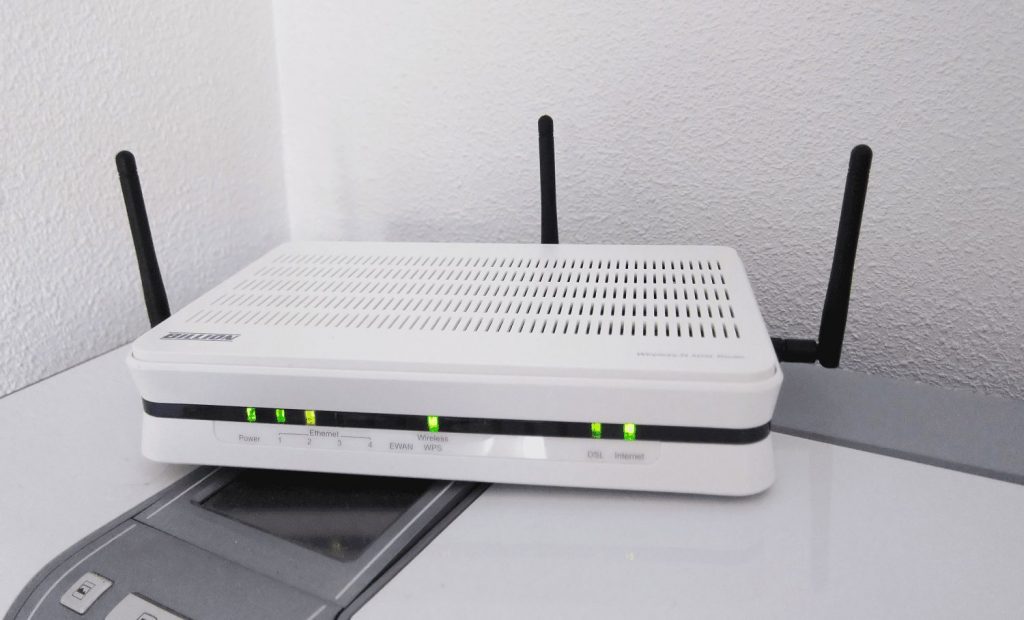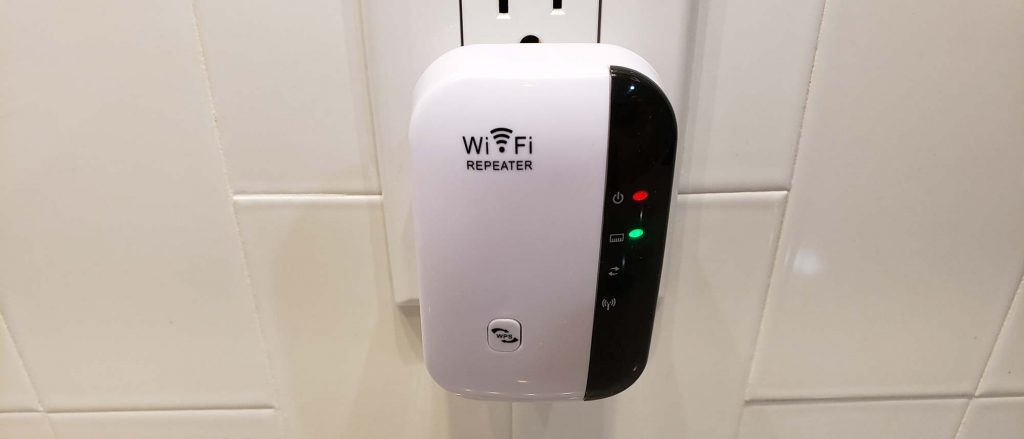If you’re having problems with WiFi connectivity, a repeater is the best possible solution. It is effortless to use and can significantly impact your WiFi network’s range.
The device works by receiving the existing WiFi signal, amplifying it, and then broadcasting a boosted signal. Depending on the device, a WiFi repeater can double the coverage area of a WiFi network, covering every corner of your home or office.
Sounds interesting? Then read our guide and learn how to use a WiFi repeater.

How to Use a WiFi Repeater
Although it may sound like a pretty complicated device, a WiFi repeater works pretty simply. Therefore, using one doesn’t require much effort or some hefty setup.
You must pick a WiFi repeater with specifications that meet your needs, find the right location, install it, hook it up to your existing WiFi network, and finalize the configuration.
If you need extra help using a WiFi Repeater, look at the detailed guide below.
How to Use a WiFi Repeater: A Step by Step Guide
Find the right device
Before we get into the details about setting up a WiFi repeater, let’s discuss what you should consider when purchasing one.
Although all WiFi repeaters serve the same purpose, various devices have different specifications. Therefore, before you purchase a WiFi repeater, you must establish what you need.
Repeater devices have varying WiFi ratings, antennas, ports, performance specifications, ranges, etc. You must consider these specifications before purchasing a WiFi repeater.
Pick out a good location
After purchasing a WiFi repeater, you’ll need to select a proper location for the device. You have to be very careful when picking out the location for the repeater and keep a couple of things in mind.
First, the WiFi repeater must be within the range of the existing WiFi network. The device boosts existing signals, so it won’t work unless it can receive the router’s signals.
Another thing to consider is the areas with poor coverage, as you’ll want to place the repeater closer to them so that it broadcasts WiFi signals where the router fails.
The location for the repeater must also be clear of obstructions. Avoid placing the repeater next to a thick wall or other objects that’ll reduce the signal’s efficiency and prevent it from getting to harder-to-reach areas.
Lastly, you’ll want to place the router next to a power outlet or use an extension cord to provide electricity to the device.
Plug the repeater in
With the device in hand and the location picked out, you can now power up the WiFi repeater. Double-check whether the power outlet you picked out is within the range of your WiFi coverage, and turn the device on.
Read more: How to Fix a Weak WiFi Signal

Connecting the repeater
Using a desktop or laptop computer, connect to the repeater. The easiest way to do it is by hooking up an Ethernet cable, but some repeaters also allow users to connect to the device’s wireless network.
Configuring the repeater
After establishing a connection between your computer and the repeater, you’ll need to configure some settings.
Open the ‘Start’ menu on your computer, then navigate to Control Panel > View Network Status > Manage Network Connections. You’ll see a Local Area Network option. Right-click it, then go to Properties > Internet Protocol Version 4 > Properties.
Here, you’ll need to enter an IP address, probably 192.168.10.1. However, you can double-check the manufacturer’s instructions to be sure. Other fields you’ll need to fill out are the subnet mask field – entering 255.255.255.0, and the default gateway – 192.168.10.1.
Next, you’ll need to continue with the configuration in the browser. Type http://192.168.10.1 or the IP address you used in the previous step if you’ve used a different one, and you’ll be redirected to the device’s control panel. You might need to provide a username and password before proceeding.
Using the setup wizard, check off Wireless Repeater Mode and enable Repeater – OneKey Setting. When the prompt appears, click the Wireless Network Selection button, refresh the list, and choose the wireless network you want to enhance. Apply and save the changes, and your repeater will be ready to use.
Start using your WiFi repeater
After you’ve finished setting up the device, you should be able to enjoy the enhanced WiFi signal broadcasted by the repeater.
Most, but not all, WiFi extenders work by broadcasting a new WiFi network with its own SSID and password. Depending on the device’s make and model, this information should be listed in the user manual.
Other Ways to Improve WiFi Coverage
If you’re not sure whether a WiFi repeater is the best choice in your situation, you can always explore other options. Several alternatives can help you get better WiFi coverage without using a WiFi repeater.
Relocating the router
Location is vital, whether talking about a WiFi repeater or the router itself. If you’re struggling with poor connectivity, you might be able to overcome it by moving the main router to a better location.
Similar to picking out the location for the repeater, you’ll want to steer away from any significant obstacles like thick concrete walls. You should place the router at a central place of the home or office, from where it can evenly distribute WiFi signals wherever you want it to.
Also read: How to Boost WiFi Signal
Using a WiFi extender
A WiFi extender is a device used to boost internet speed and coverage. It works by rebroadcasting the internet signal and increasing the range of the network. These devices are usually low-cost and relatively easy to set up.
WiFi extenders are typically used for improving WiFi speed without investing in a more expensive internet plan. They’re a great choice when you need to improve WiFi coverage, increase WiFi speed when it is below the wired connection speed, provide WiFi access outside the house, etc.